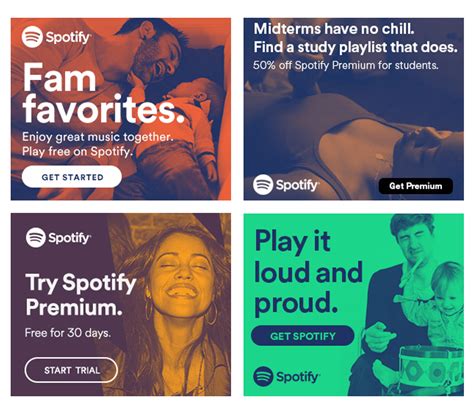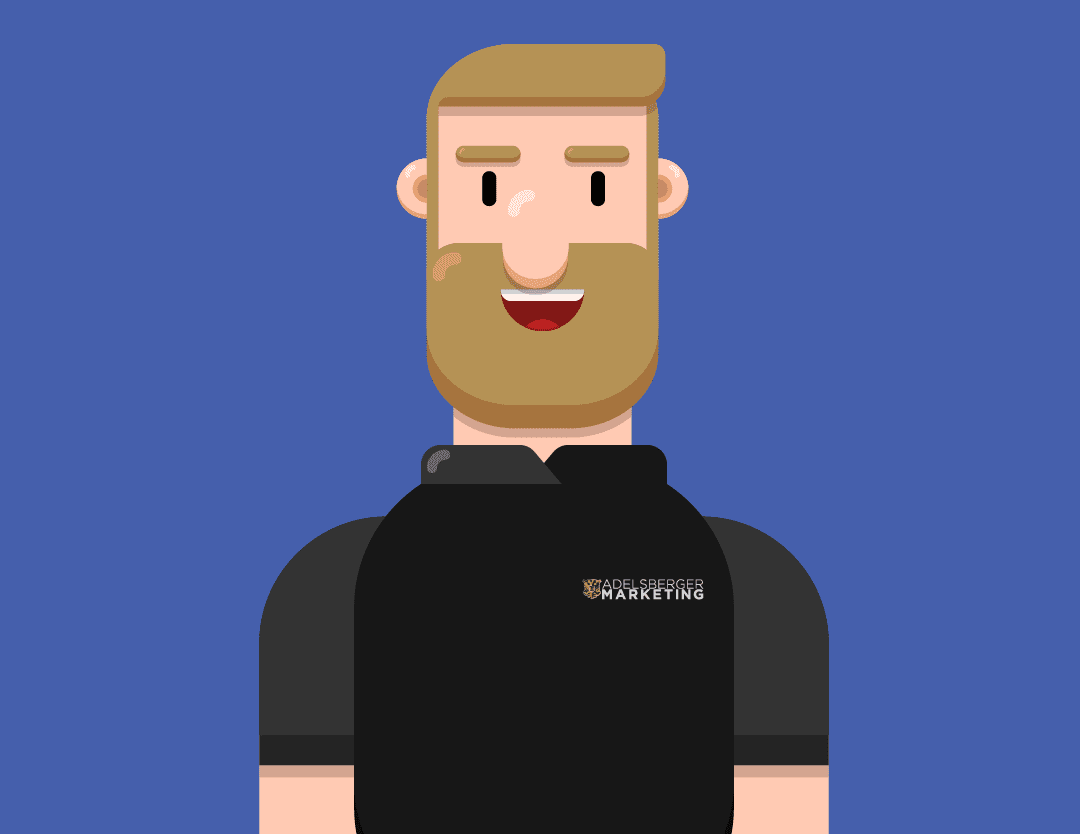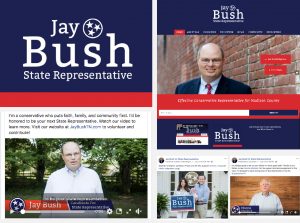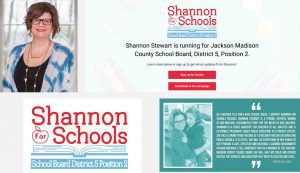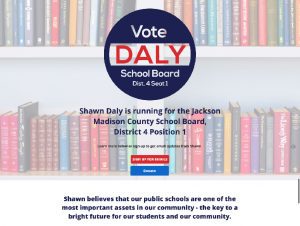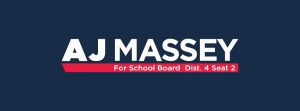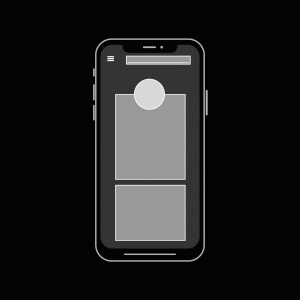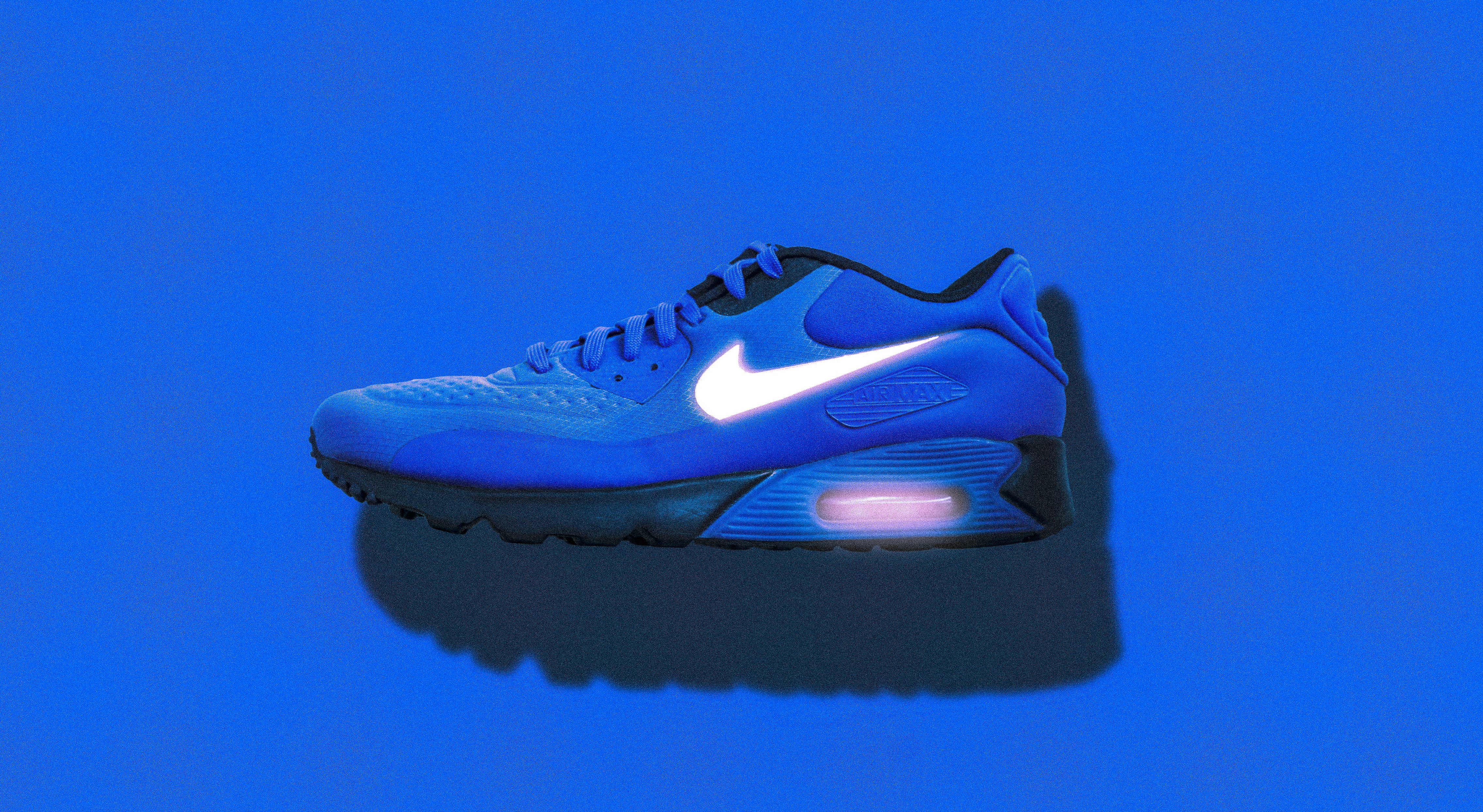The trends for 2019 in digital design are bright, bold, and fun! These trends are helping big companies and small businesses alike. Here are some of the most relevant trends that you can utilize for your business.
BOLDER and More Colors:
The purpose of digital design is to send a message to the viewers. In an age where there is information thrown from every angle, there has to be a way to break through all of the other messages. That is where big and bold design excels. This trend is seen in both typography and in the use of colors. Here are two examples.

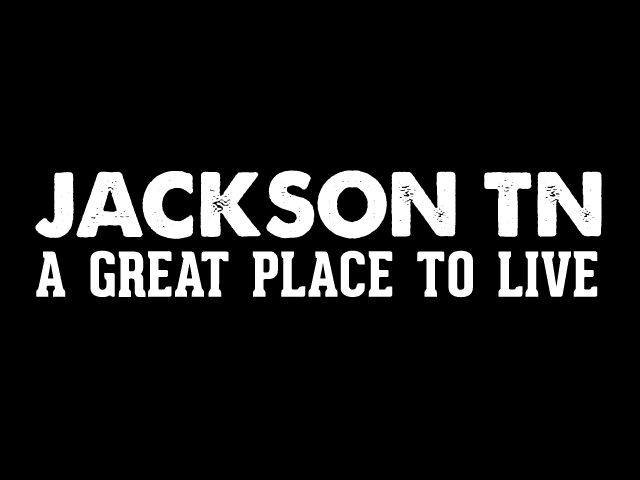
Branded Illustration & Gifs
Gifs have made a huge impact in the world – but so much so that their impact have lost its strength. A way that makes a gif impactful is by using gifs that are made specifically for your brand. These don’t have to be full production quality but instead can even be gifs made with apps like Boomerang for Instagram.

Branded Photos
Same as Gifs, the availability of stock photo markets have flooded our pages with generic photos. One way to break through all of those photos is to have photos taken for your brand that are well thought out. Just like gifs, photos are a way to show your audience who your brand is and what it is about.
